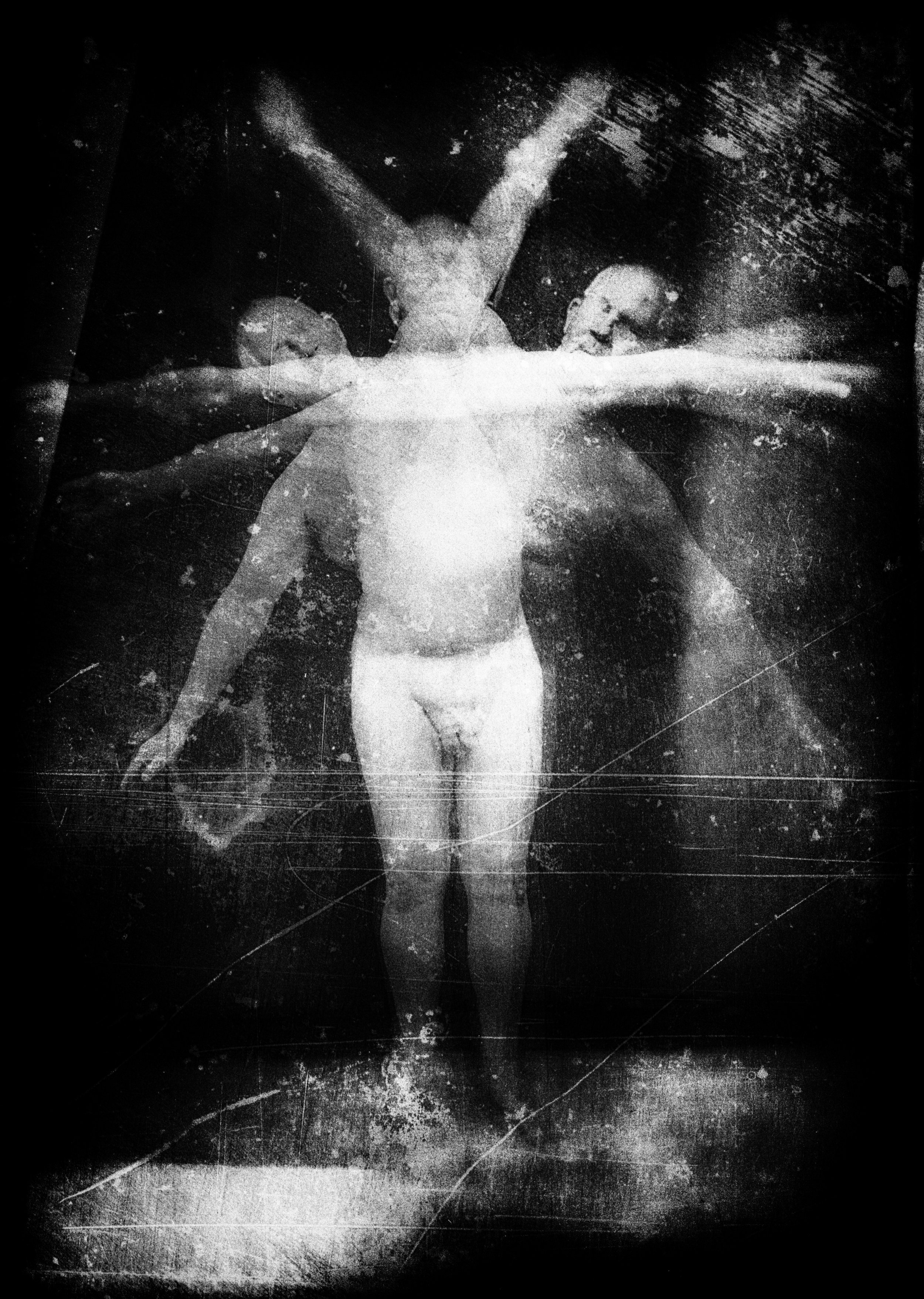Storage, a place to put things away for later as we can't throw anything away and we may need that item later. We all do this, whether it's our garage, a closet or the famed junk drawer in the kitchen. Photography is no different as we save image files for later as they may be valuable later. Can't delete them because we're sure that one of these days you'll revisit them on a rainy day and make something out of them. When digital photography first started out, we photographers thought 250 to 500 MB drives would be totally sufficient for our file storage needs. We soon discovered that with the advent of larger files going from 6MP to 12, 18, 24 and 32MP, we were running out of storage capacity quickly. Our junk drawers are now overflowing with images. We as creators have become geeks embracing the world of Gigabytes, Terabytes and yes even Petabytes. There are Exabytes, Zettabytes, and Yottabytes as well but we won't get into that right now.
Okay now most of us are running 1-2-4 TB storage drives and the files are piling up. Here are two things that we must do on a regular basis:
Clean up!
We keep image files for whatever reason. Maybe you'll revisit them later to find that one image that will win a Pulitzer Prize. Most times we will not, and the image files pile up will we go on to the next shoot. Take some time to cull the excess images. Get into the practice of doing this monthly or right after a shoot. Trust me, if the images were crap to start with, they still will be when you revisit them. Delete and move on, there are still plenty of photographs to make.
Backup!
I cannot stress enough to backup your image files regularly. Hard drives are cheap and readily available any storage size. From pocket sized to desk units, these will save a lot ofdown the road when a drive kicks the bucket and they do most often without warning. Keep a complete backup offsite. It makes no sense to backup your work and keep it in the same area. I use external 1-2TB LaCie Rugged USB 3 drives for backup. I backup every two weeks. If I lose my primary hard drive, I plug in the backup and I'm back in business. If you do lose a hard drive and you need to recover images from that drive, there are forensic data retrieval companies that can attempt to get your data back. It can be expensive and not guaranteed that it will work. Solid State Drives (SSD) are fast taking over the hard drive market. The advantage to an SSD is there no moving parts. Data is stored electronically. They are great but can be pricey.
Whatever image file storage method you use, Cleanup and Backup often. It will be one less thing you have to worry about while making those great images.
